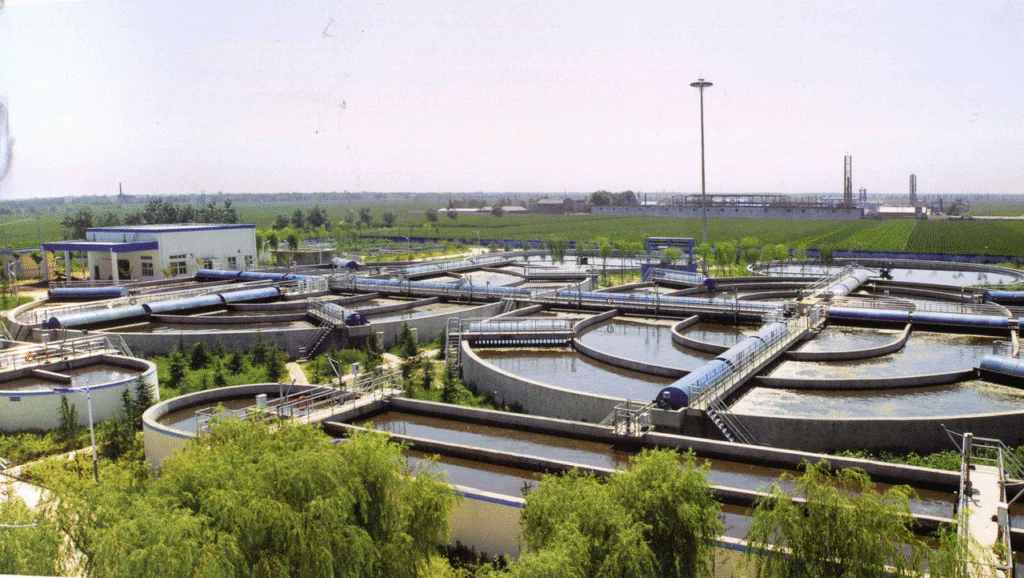During the rainy season, many wastewater treatment plants around the world face the same headache: After heavy rain, Total Nitrogen (TN) and Total Phosphorus (TP) levels suddenly rise, making it hard to meet discharge limits.
This brings extra pressure on operations and increases the risk of non-compliance. Why does rain affect TN and TP so much? Here are the 4 main reasons we’ve identified from frontline experience:

Rainwater Carries Extra Pollution Into the Plant
Stormwater washes pollutants from streets, soil, garbage, and roofs into the sewer system.
These often include:
- Humic acids
- Organic phosphorus compounds
- Household waste
Such materials are hard for microbes to break down quickly, increasing the nutrient load on the system.
Hydraulic Shock Reduces Reaction Time
Heavy rain causes sudden surges in inflow, disturbing the balance of the biological system.
Each treatment zone is affected:
| Zone | Impact |
| Anaerobic tank | Less time for phosphorus release by PAOs |
| Aerobic tank | Incomplete nitrification |
| Anoxic tank | Not enough time for denitrification |
Shorter reaction times = poorer TN and TP removal.
Dissolved Oxygen Drops, Microbial Activity Falls
High hydraulic load reduces DO levels in the aerobic tank.
Low DO = reduced microbial performance, especially:
- Weaker phosphorus uptake by PAOs
- Lower nitrification rates, which leads to higher ammonia and total nitrogen in effluent
COD Gets Diluted → Not Enough Carbon Source for Denitrification
Rainwater dilutes COD concentration in the influent.
That means less carbon for biological reactions:
- PAOs can’t produce enough internal energy (PHA) → weak phosphorus release
- Anoxic zone lacks carbon → poor denitrification
⚠️ The result: Both TN and TP increase at the same time
Recommendations for Rainy Season Operations
To reduce discharge risks after heavy rain, we suggest:
✅ Improve inflow control and flow equalization
✅ Add or optimize equalization tanks
✅ Dose external carbon sources (like acetate or glucose) when COD is too low
✅ Monitor COD/TN/TP ratios during wet weather events
✅ Prepare emergency SOPs for wet weather events
💡Need Support?
If your plant struggles with TN or TP during the rainy season, or you want a custom solution for high-flow periods, 📞 Contact us for technical support or product recommendations.
